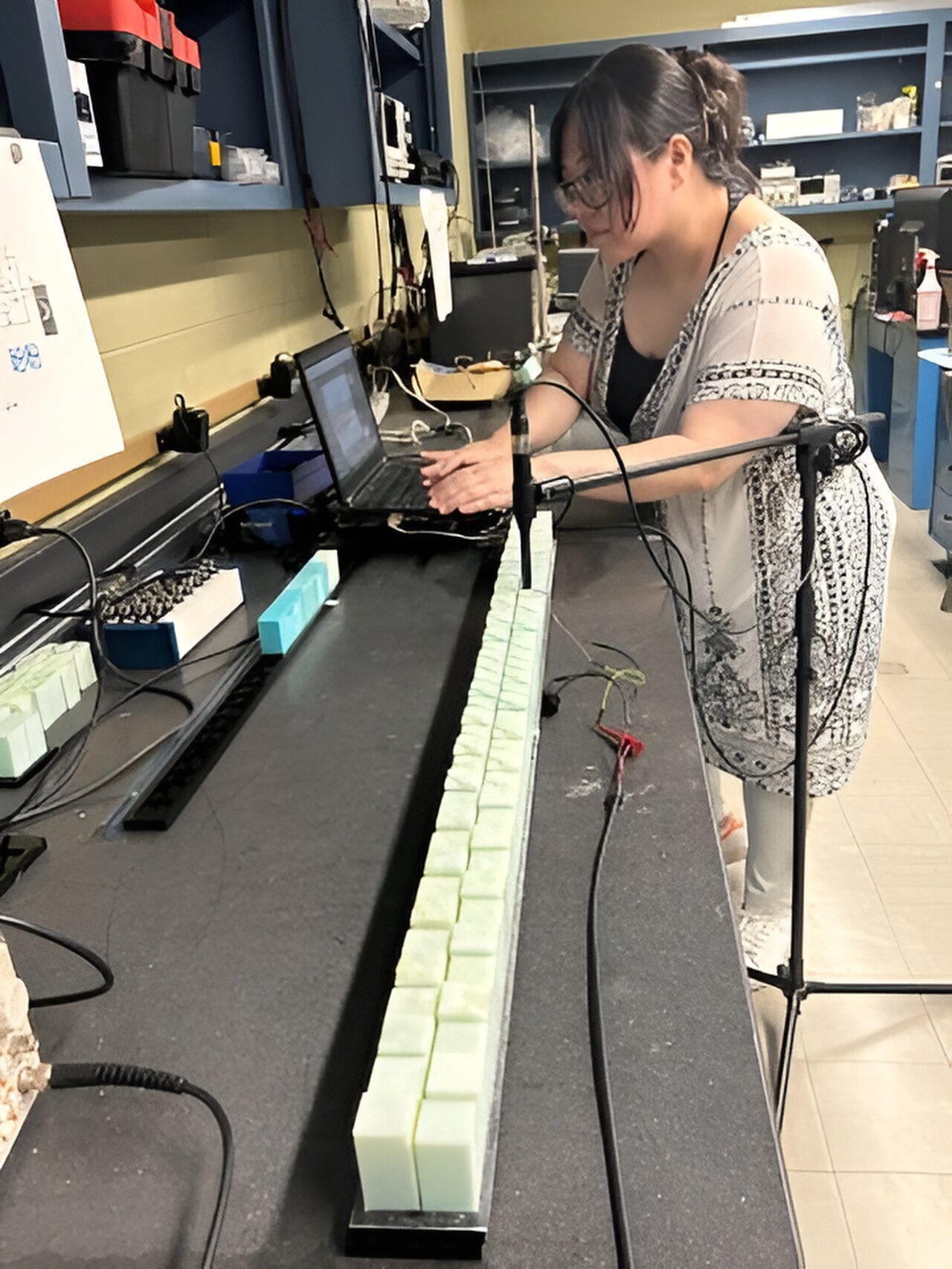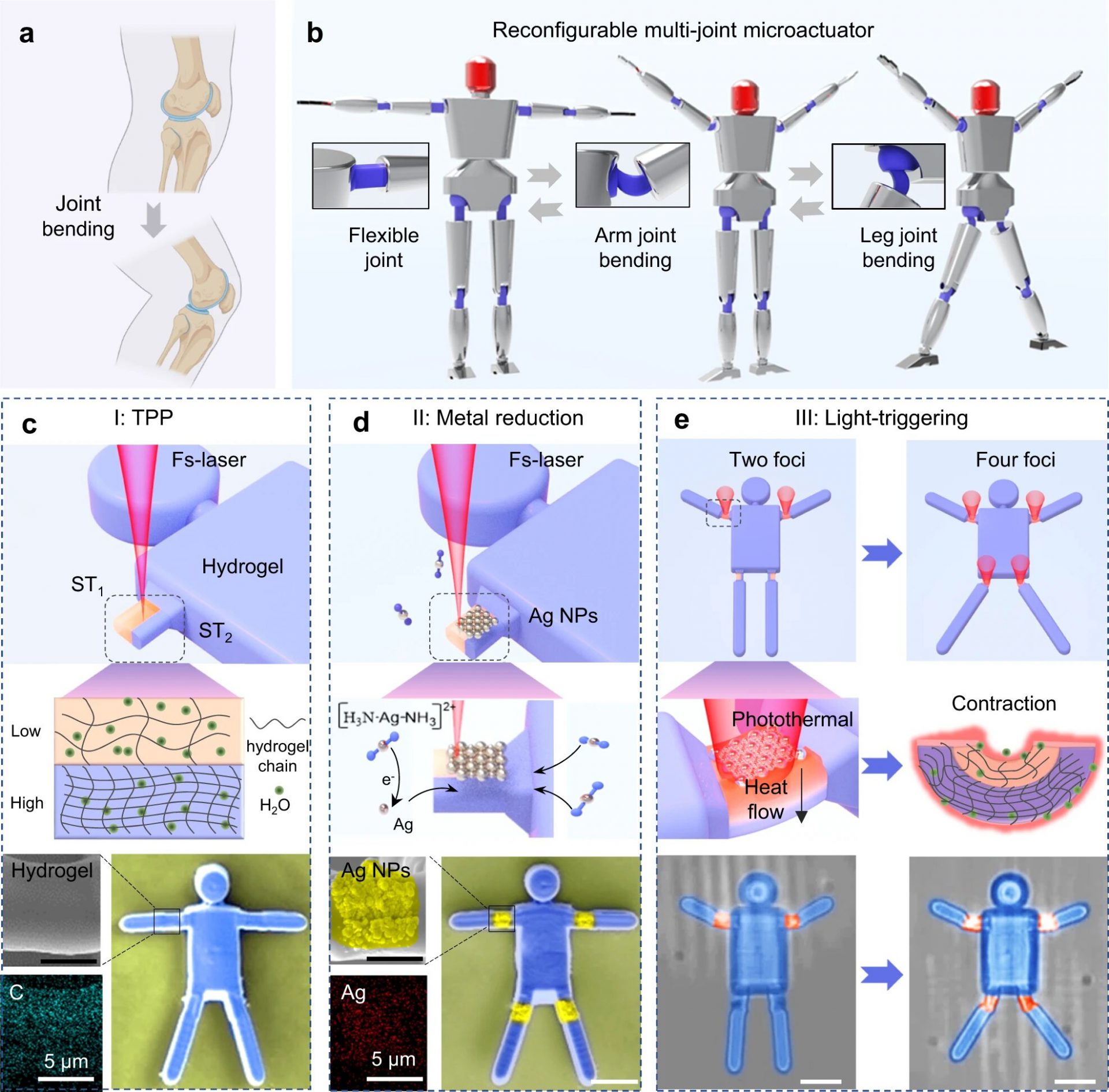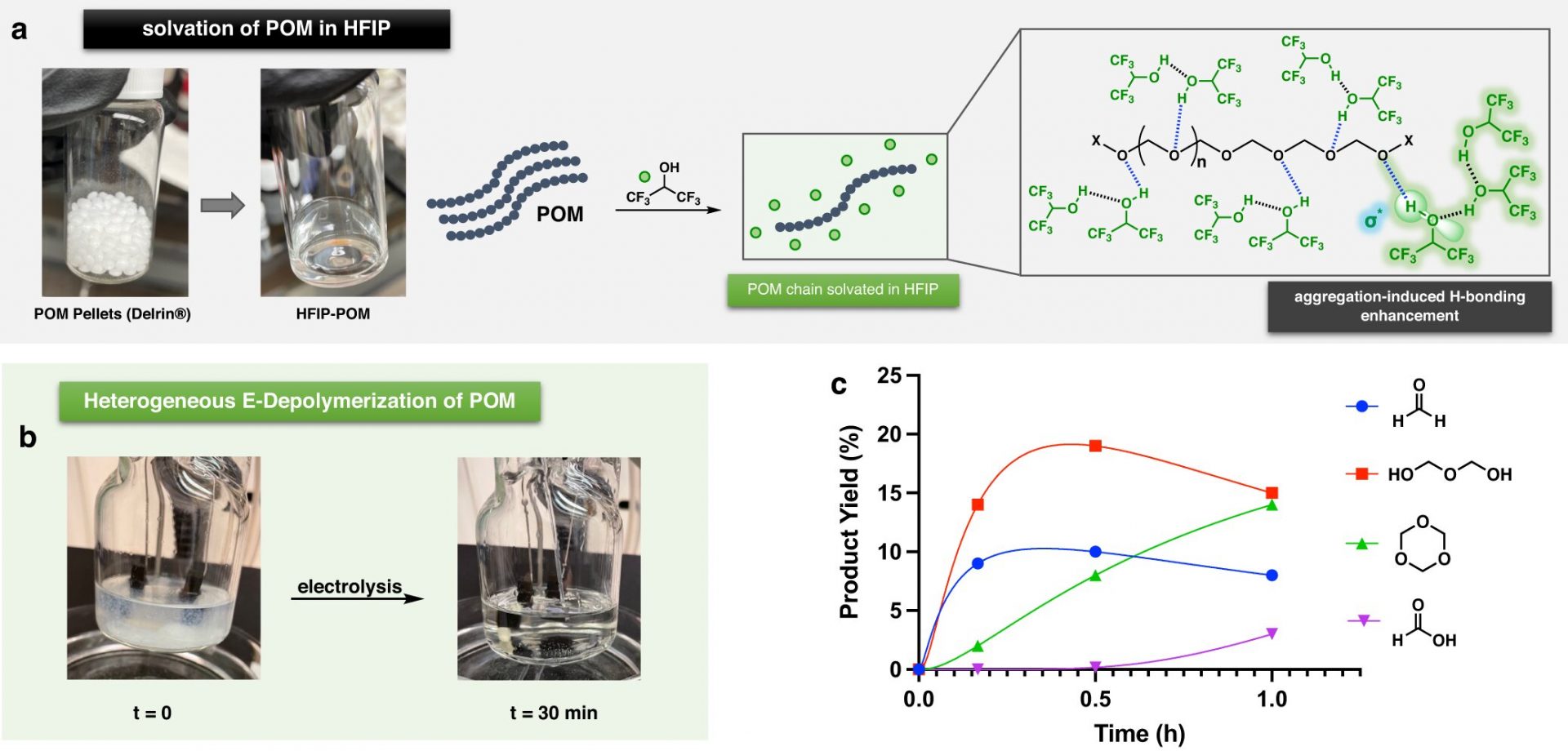Terry Loring, a distinguished professor of mathematics and statistics, has recently published a groundbreaking research piece on K-theory and its applications to critical problems in physics. This research, published in Nature Communications, focuses on the use of mathematical properties of K-theory to advance the understanding of topological materials in the field of physics.
The study titled “Revealing topology in metals using experimental protocols inspired by K-theory” explores how electricity, sound, or light can be trapped in a specific portion of a material. Loring explains that this experiment was conducted using a meta-material, which is built from individual sound resonators that mimic the formation of a crystal. By utilizing three-dimensional printing, customized resonators were created and joined together to align with the mathematical principles.
According to Loring, K-theory has various forms in different mathematical fields, but the form used in this study is specifically suited for studying matrix models of physical systems. Matrices, which are square tables of numbers, are excellent tools for modeling uncertainty in molecular- and atomic-scale physics. K-theory helps identify when certain matrices can only be connected through a singular matrix, which holds significant meaning in physical systems.
The researchers primarily focused on topological materials, including topological insulators, which have an associated index computed using K-theory. When two topological insulators with different indices are combined, a conducting region is guaranteed to form. This conducting region corresponds to where a specific matrix becomes singular, as demonstrated through determinants and the intermediate value theorem.
The study also aimed to advance the theory of topological metals, which exhibit confusing mixtures of conducting and insulating properties. Loring and his team conducted experiments and computer simulations using an acoustic crystal with a deliberate defect in the middle. This defect allowed them to observe how sound can get trapped, with the hope of applying this knowledge to better trap light in photonic devices and manipulate light similarly to electronic circuits.
Another delicate part of the experiment involved modifying the acoustic resonators using a formula from K-theory. This modification removed metallic properties in many parts of the crystal, isolating the metallic nature of the defect. Loring envisions bringing K-theory from the blackboard into the lab by devising experimental probes of photonic and electronic systems.
Mathematics played a central role in the design of this experiment. The project began with an analysis of formulas in K-theory that could describe the energy in an acoustic system. This reverse flow, where clean formulas in math guide the search for physical systems, is common in the field of topological physics.
In their findings, Loring and his team discovered that new mathematics can classify local patches of material as insulating or conducting. Initially, it was unclear if this classification had any significance to physicists. However, this experiment demonstrated that materials with these local variations can have physical meaning and potentially provide even more control over light and electricity in the future.








